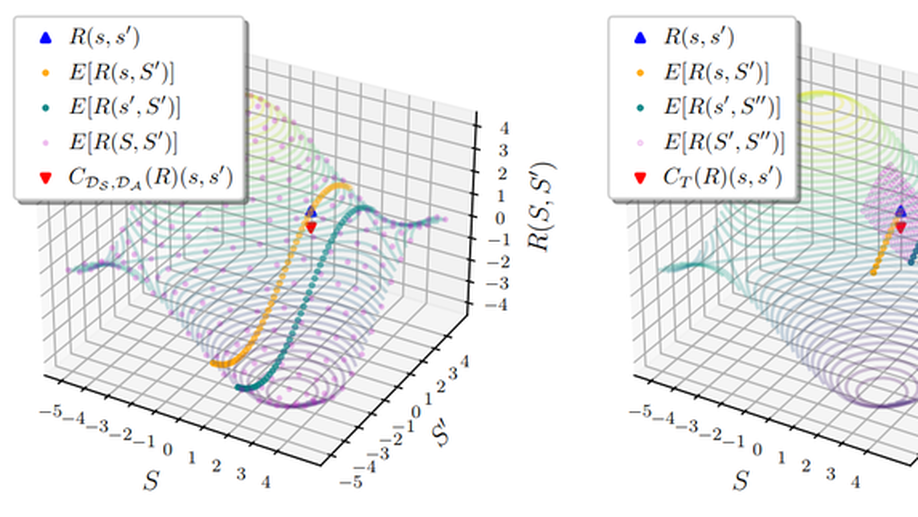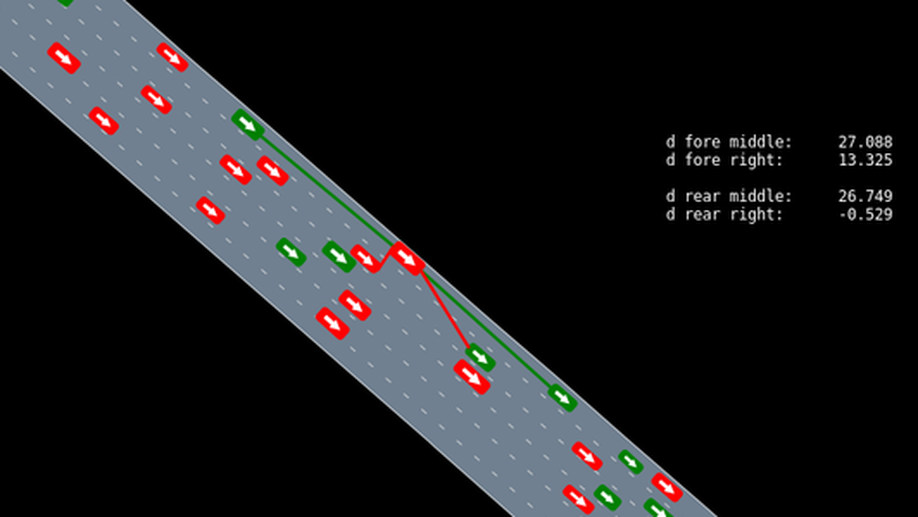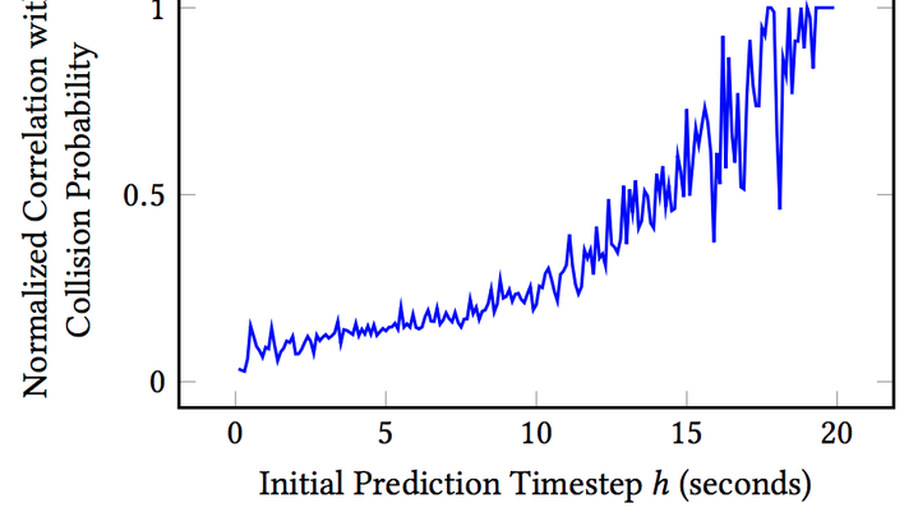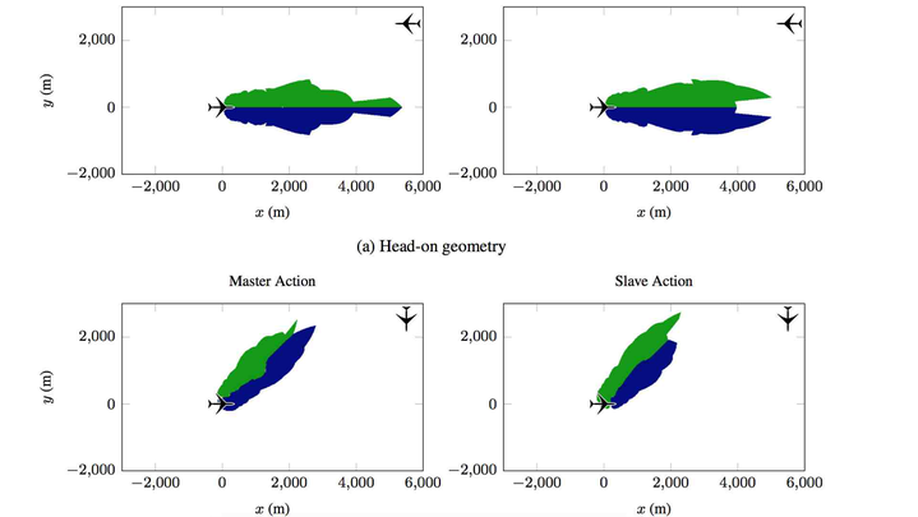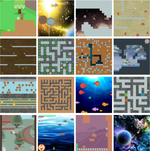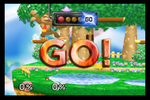Blake Wulfe
Research Engineer
Biography
I research machine learning methods for decision making under uncertainty at the Toyota Research Institute.
I previously completed a master’s degree in computer science at Stanford, where I focused on reinforcement learning and decision making as part of the Stanford Intelligent Systems Laboratory advised by Mykel Kochenderfer.
During my master’s, I interned at Adobe Research where I was advised by Hung Bui. We performed research around imitation learning and its applications in artistic domains.
As an undergraduate student I studied computer science at Vanderbilt University, where I performed autonomous UAV research with my advisor Julie Adams as part of the Human-Machine Teaming Lab. I also worked with Eugene Vorobeychik on a project dealing with social interaction analysis, which is how I originally became interested in machine learning.
Interests
- Decision Making Under Uncertainty
- Reinforcement Learning
- Imitation Learning
Education
-
MS in Computer Science, 2017
Stanford University
-
BSc in Computer Science, 2014
Vanderbilt University
